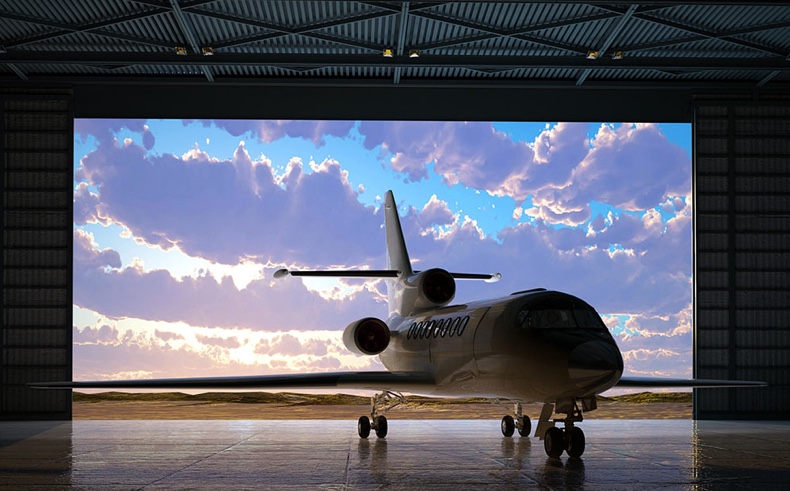
Airplane hangars have often become a natural habitat for birds. They are wide open, offer shelter and ideal nesting areas.
Airplane hangars have often become a natural habitat for birds. They are wide open, offer shelter and ideal nesting areas.
Along with these birds come the droppings and debris they leave behind. Bird droppings, accumulating on the aluminum skin of airplanes, can corrode the metal and eventually weaken the structure itself. Another serious concern is that if droppings, feathers, and other matter get into the engines, critically important parts must be cleaned as they could stop an engine during flight. Cleaning an aircraft engine is very expensive and time consuming.
Not only do the droppings and debris left behind by birds damage the airplanes kept in hangars, they are also dangerous to the personal working on the planes.
HOW TO PROTECT AVIATION HANGARS FROM BIRDS?
Install bird netting in the airplane hangar. Once installed, pest birds are excluded from the area being protected by the bird net. It is often necessary to install bird netting on the sides of the walls as well as under the roof in this type of environment. The goal is to block off any areas that pest birds will find attractive to land, roost and nest. Once installed, the bird netting is virtually invisible and will need very little maintenance. In fact there are bird net installations inside airplane hangars that have gone untouched for well over 10 years and are still as effective as the day that they were installed.



 Instagram
Instagram